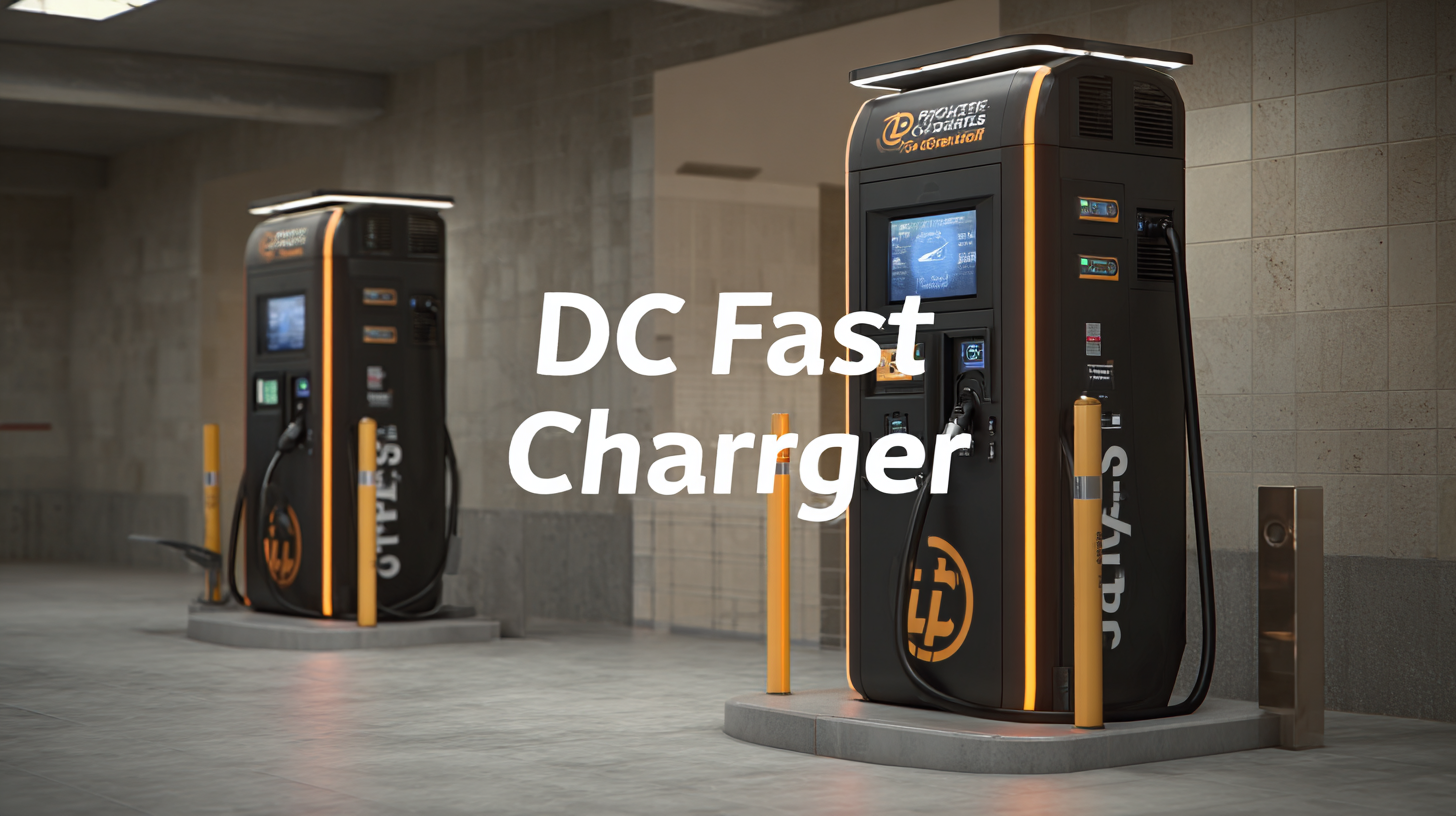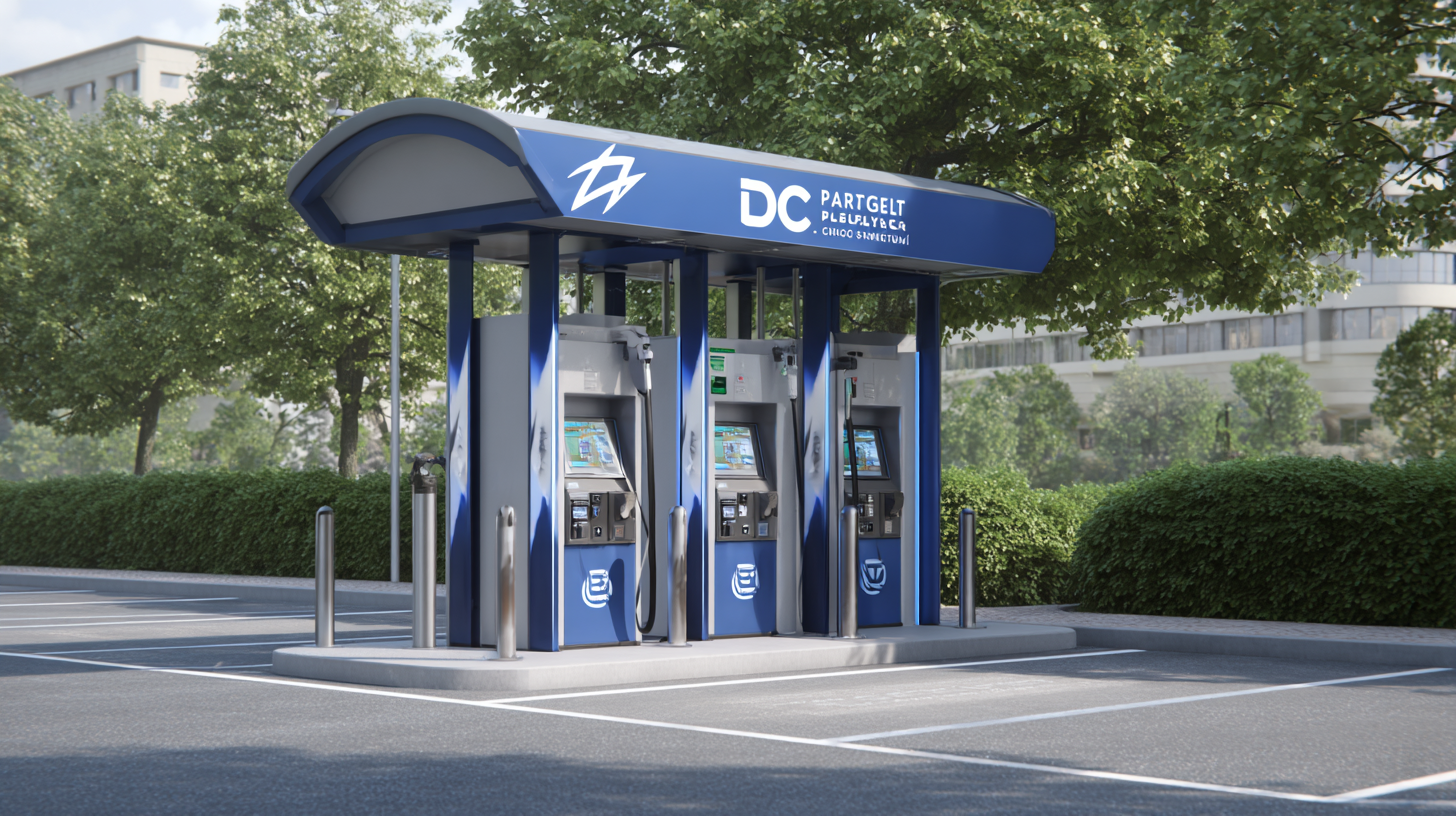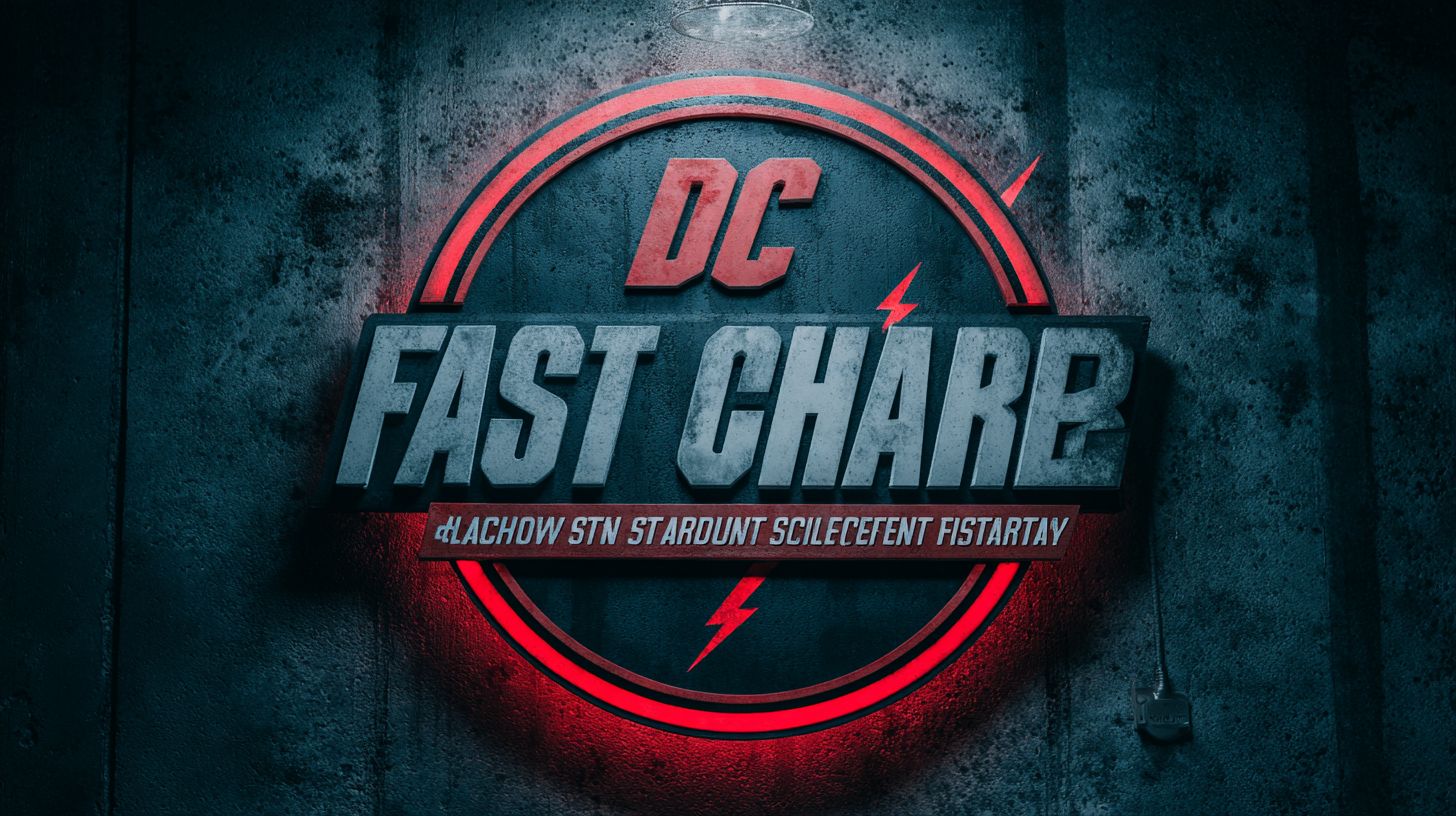As the electric vehicle (EV) market continues to expand, understanding the production standards that define the best DC Fast Charger stations in the industry becomes increasingly critical. These charging solutions are pivotal for the widespread adoption of EVs, offering rapid and efficient charging capabilities that cater to the growing demands of consumers. However, not all DC Fast Charger stations are created equal; variances in technology, safety regulations, and operational efficiency set the best apart from the rest.

In this blog, we will explore the current technological trends of 2025, providing insights into how these advancements shape the production standards of DC Fast Charger stations and what potential buyers should consider when evaluating their options. By examining key features and industry benchmarks, we aim to equip stakeholders with the knowledge needed to make informed decisions in this evolving market.
When it comes to DC fast charger stations, several key features distinguish the top-tier options in the industry. First and foremost, power output is critical; the best chargers typically offer output ranging from 150 kW to 350 kW, enabling rapid charging that can replenish an electric vehicle’s battery significantly in just a matter of minutes. Alongside power, the versatility of charging connectors is important, as compatibility with multiple vehicle types, including CCS and CHAdeMO, ensures broader accessibility for drivers.
Another essential feature is the intelligent management system that optimizes charging efficiency. Advanced chargers incorporate software that can handle load balancing and support smart grid integration, maximizing energy use during peak and off-peak hours. In addition, user experience plays a vital role; intuitive interfaces, mobile app connectivity for real-time updates, and user-friendly payment systems enhance convenience and encourage more people to adopt electric vehicles. High-quality construction and weatherproofing also contribute to durability, ensuring reliable service across various environments. These features combine to set the best DC fast charger stations apart from their competitors, making them essential for the future of electric mobility.
When it comes to electric vehicle (EV) charging, speed is a critical factor that defines the best DC fast charger stations in the industry. According to a report by the International Energy Agency (IEA), a high-quality DC fast charger can deliver up to 350 kW of power, allowing for a charging time of as little as 15-20 minutes for most electric vehicles. This rapid charging capability not only enhances convenience for drivers but also encourages widespread adoption of EVs. Models such as the ABB Terra 360 and the Electrify America’s ultra-fast chargers exemplify what the market considers optimal charging solutions, consistently achieving peak performance during high-demand periods.
**Tip:** If you're a charging station owner, focusing on certifications from reputable standards organizations, such as UL or IEC, can ensure that your station meets rigorous safety and efficiency standards.
Moreover, the reliability of charging speed can be affected by factors like temperature and the state of battery charge. A study by the US Department of Energy highlights that as battery capacity approaches its full charge, the speed of charging typically slows down. Therefore, understanding these dynamics is essential for consumers when evaluating their charging options.
**Tip:** For EV users, to maximize charging speed, try to charge your vehicle during off-peak hours when energy demand is lower, and look for chargers that offer higher power outputs for the quickest connections.
When it comes to rapid charging solutions, safety standards are paramount in ensuring reliability and user confidence in DC fast charger stations. According to a report by the International Electrotechnical Commission (IEC), adherence to recognized safety protocols can reduce the likelihood of electric shock or fire hazards significantly—by up to 70% when compared to non-compliant systems. This highlights the imperative for manufacturers to integrate robust safety measures into their charger designs, ranging from over-current protection to thermal management systems that prevent overheating during operation.
Moreover, the Battery Electric Vehicle Standardization program outlines that chargers must meet specific environmental conditions to ensure consistent performance. For instance, chargers are tested for extreme temperature ranges, humidity, and electromagnetic compatibility, with standardized tests revealing a 15% failure rate in chargers that do not comply with these stringent conditions. By prioritizing these safety standards, manufacturers can not only enhance the longevity and reliability of their products but also foster consumer trust in fast charging technologies as viable solutions for electric vehicle infrastructure expansion.

When it comes to DC fast charging stations, user experience is paramount. To cater to a broad range of users, accessibility must be a central design element. This means ensuring that charging stations are not only easy to locate but also user-friendly for people of different abilities. Incorporating features such as tactile buttons, audio instructions, and adjustable charging cables can significantly enhance the experience for those with disabilities. Additionally, providing clear visual indicators and intuitive signage helps all users navigate the charging process with confidence.
Another crucial aspect of design is the physical layout of charging stations. Adequate space between chargers allows for seamless access, particularly for drivers of larger vehicles or those who may require assistance. Additionally, strategic placement of amenities such as seating areas, restrooms, and lighting can transform a charging station into a welcoming environment. By focusing on these essential design elements, manufacturers can redefine the user experience, making DC fast chargers not only efficient but also inclusive and inviting for everyone.

As the electric vehicle (EV) market continues to expand rapidly, the demand for efficient DC fast charging stations is becoming increasingly critical. By 2025, projections show a significant growth in the onboard charger market, influenced by trends such as ultra-fast charging technologies and innovations like fully liquid-cooled architectures. The ongoing enhancement in charging infrastructure is essential for keeping pace with the rising numbers of battery electric vehicles (BEV) and plug-in hybrid vehicles (PHEV) on the road.
Tip: When considering a DC fast charger, look for systems that offer adaptiveness across varying power outputs—particularly those rated over 20kW. This flexibility not only caters to diverse EV models, including both passenger and commercial vehicles, but also ensures that investments in charging infrastructure remain relevant as technology evolves.
In the coming years, we can expect an impressive rise in the market for intelligent charging solutions. As OEMs and suppliers increasingly collaborate to develop personalized charging solutions, chargers that integrate with smart technology will dominate the landscape.
Tip: Pay attention to emerging smart charging technologies, as they will play a pivotal role in enhancing user experiences and optimizing energy usage, potentially leading to substantial cost savings over time. Keeping an eye on these trends will help guide future investments in charging infrastructure.
